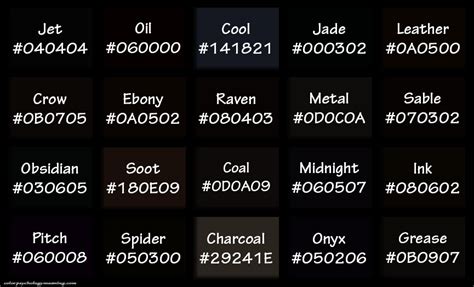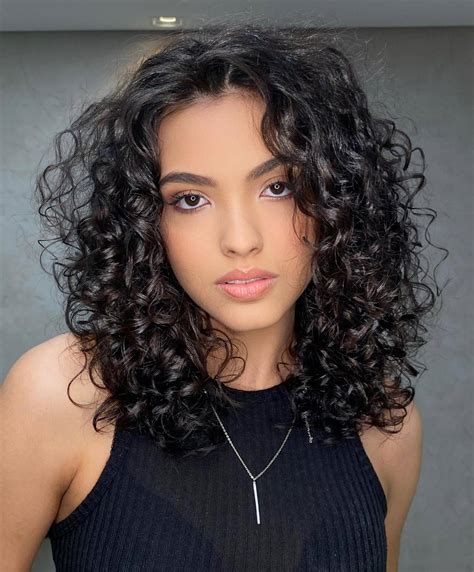Introduction

Hair and feathers, two seemingly disparate elements, have long been intertwined in the tapestry of human and animal biology, aesthetics, and cultural heritage. As the human body’s primary adornment and a symbol of identity, hair has captivated countless civilizations throughout history. Feathers, on the other hand, have played a pivotal role in avian evolution, providing insulation, mobility, and vibrant displays of courtship. This article delves deeply into the fascinating symbiosis between hair and feathers, exploring their unique properties, diverse applications, and the profound impact they have had on human society.
Properties and Structures of Hair and Feathers
Hair
- Human hair consists primarily of keratin, a fibrous protein that provides strength and durability.
- Its primary function is to protect the scalp from external elements and insulate the body.
- Hair growth is influenced by genetic factors, hormones, and environmental conditions.
- The average human scalp contains approximately 100,000 individual hair strands.
Feathers
- Feathers are complex, lightweight structures composed of keratin, collagen, and melanin.
- They are unique to birds and serve a multitude of functions, including insulation, flight, and courtship displays.
- The color and pattern of feathers vary widely among species and are often used for camouflage, communication, and mate attraction.
- An average-sized bird may have thousands of feathers covering its body.
Applications and Uses
Hair
- Cosmetics and fashion: Hair styling, coloring, and extensions are multi-billion dollar industries worldwide, as hair plays a crucial role in personal appearance and self-expression.
- Medical: Hair analysis can provide insights into an individual’s health and nutritional status. It is used in forensic science, DNA testing, and drug screening.
- Textiles: Hair can be spun into yarn and used to create textiles, including wool, cashmere, and angora.
- Biomaterials: Research is underway to utilize hair in regenerative medicine, tissue engineering, and wound healing applications.
Feathers
- Fashion and accessories: Feathers have long been used in clothing, jewelry, and home decor, adding flair and elegance to various designs.
- Art and crafts: Feathers are commonly used in artwork, crafts, and fly tying. Their intricate patterns and textures make them highly decorative.
- Insulation: Down and feather-filled bedding is prized for its exceptional warmth and breathability.
- Biomimicry: Scientists are exploring the aerodynamics and lightweight properties of feathers to develop innovative technologies, such as aircraft wings and medical devices.
Cultural Significance and Symbolism
Hair
- Hair holds immense cultural significance across different societies. In many cultures, it is associated with beauty, power, and fertility.
- Hairstyles and hair accessories often reflect social status, religious beliefs, and cultural identity.
- The act of cutting or shaving hair can have symbolic or ritualistic meaning, signifying transitions, mourning, or religious observances.
Feathers
- Feathers are deeply embedded in mythology, folklore, and spiritual practices. They often symbolize wisdom, freedom, protection, and connection to the divine.
- Native American tribes revere feathers as sacred objects, used in ceremonial headdresses and rituals.
- In many cultures, feathers are associated with prosperity, good luck, and dreams.
Common Mistakes to Avoid
- Over-styling: Excessive heat styling, chemical treatments, and hair extensions can damage hair, leading to breakage, thinning, and split ends.
- Inappropriate hair care: Using wrong products, neglecting regular washing and conditioning, and brushing wet hair can contribute to hair problems.
- Feather plucking: Never pluck feathers from birds, as this can cause pain, infection, and permanent damage to their flight capabilities.
- Unsustainable practices: Avoid buying products that contribute to wildlife harm or environmental degradation. Consider ethical sourcing and cruelty-free alternatives.
FAQs
-
What is the difference between hair and fur?
Hair is a keratinous filament that grows from the skin of mammals, whereas fur is a dense undercoat of hair that covers the body of most mammals, providing insulation. -
Why do birds molt?
Birds molt their feathers periodically to replace old or damaged ones. This process typically occurs once or twice a year. -
Are hair and feathers living tissues?
No, both hair and feathers are nonliving structures made up of keratin, which is a dead protein produced by cells at the base of hair follicles or feather quills. -
How do birds clean their feathers?
Birds have an oil gland near their tail that produces a waxy substance called preen oil. They spread this oil over their feathers using their beak to maintain their feathers’ waterproof and insulating properties. -
Can hair loss be prevented?
Hair loss is a complex process influenced by genetics, hormones, and environmental factors. While complete prevention may not be possible, proper hair care, a healthy lifestyle, and addressing underlying medical conditions can help minimize hair loss. -
Are all feathers the same?
No, there are various types of feathers, each serving a specific purpose. Some common types include contour feathers for flight, down feathers for insulation, and specialized feathers for display and communication. -
Why do some people have different hair textures?
Hair texture is determined by the shape of the hair follicle and the amount of sebum (oil) produced by the scalp. Genetic factors play a significant role in determining hair texture. -
Can hair be transplanted?
Yes, hair transplantation is a surgical procedure that involves moving hair follicles from one area of the scalp to another. This can be done to address hair loss or restore hair in specific areas.
